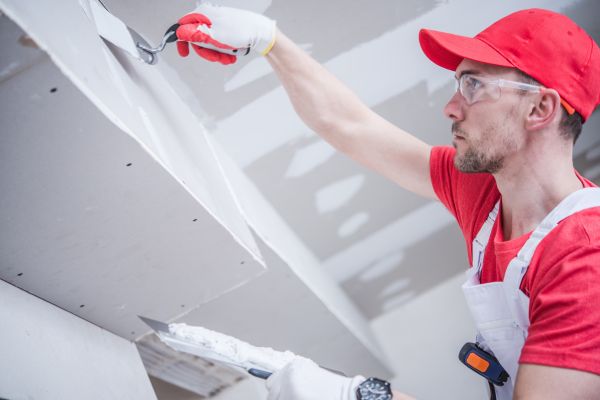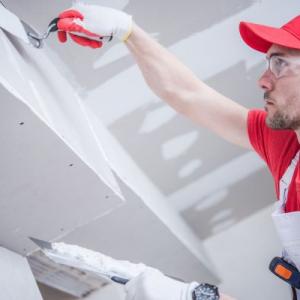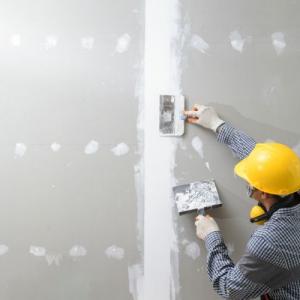
Drywall Patching in your area
Drywall Patching
Get help with your drywall patching needs. Fill out the form above and we will connect you with local pros in your area. Drywall patching offers a range of advantages for homeowners seeking to restore the integrity and aesthetics of their walls. This service efficiently repairs damaged drywall, ensuring a seamless finish that blends seamlessly with the existing surface. By addressing cracks, holes, or other imperfections, drywall patching enhances the overall appearance of the room, providing a clean and polished look. Additionally, this process helps to maintain the structural integrity of the walls, preventing further deterioration and potential hazards. With professional drywall patching, homeowners can enjoy a refreshed living space that is both visually appealing and structurally sound.Drywall Patching FAQ
Q: How Do I Determine The Size Of The Drywall Patch Needed For A Hole In My Wall?
Answer: To determine the size of the drywall patch needed for a hole in your wall, you should measure the width and height of the hole using a tape measure. Then, add an extra inch to both measurements to ensure a proper fit. This will give you the dimensions for the drywall patch you need to cut or purchase.Q: What Are The Steps Involved In Preparing The Damaged Area Before Applying The Drywall Patch?
Answer: The steps involved in preparing the damaged area before applying the drywall patch typically include: 1. Clearing the area of any loose or damaged drywall material. 2. Sanding the edges of the damaged area to create a smooth surface. 3. Cleaning the area to remove any dust or debris. 4. Applying a coat of primer or sealer to the damaged area to promote adhesion. 5. Allowing the primer or sealer to dry completely before applying the drywall patch.Q: Can I Use Joint Compound Alone To Repair Small Cracks Or Do I Need To Apply A Patch?
Answer: Yes, you can use joint compound alone to repair small cracks. It can be applied directly to the crack without the need for a patch.Q: What Are Some Common Mistakes To Avoid When Patching Drywall And How Can I Prevent Them?
Answer: Some common mistakes to avoid when patching drywall include not properly preparing the surface, using the wrong type of patching material, applying too much or too little compound, and not blending the patch with the surrounding wall. To prevent these mistakes, make sure to clean and smooth the damaged area, use the appropriate patching material, apply thin layers of compound, and feather the edges for a seamless finish.Drywall patching is a process that involves repairing damaged areas on a drywall surface. It is commonly used to fix holes, cracks, or other imperfections that may occur due to accidents, wear and tear, or remodeling projects. Drywall patching is typically done by filling the damaged area with joint compound or spackle, smoothing it out, and then sanding the surface to create a seamless finish. This technique allows for the restoration of the wall's integrity and appearance. Drywall patching is a cost-effective solution that can be done by homeowners or professionals with basic DIY skills.

